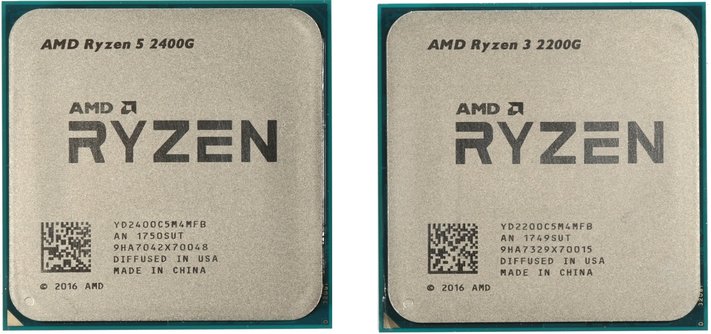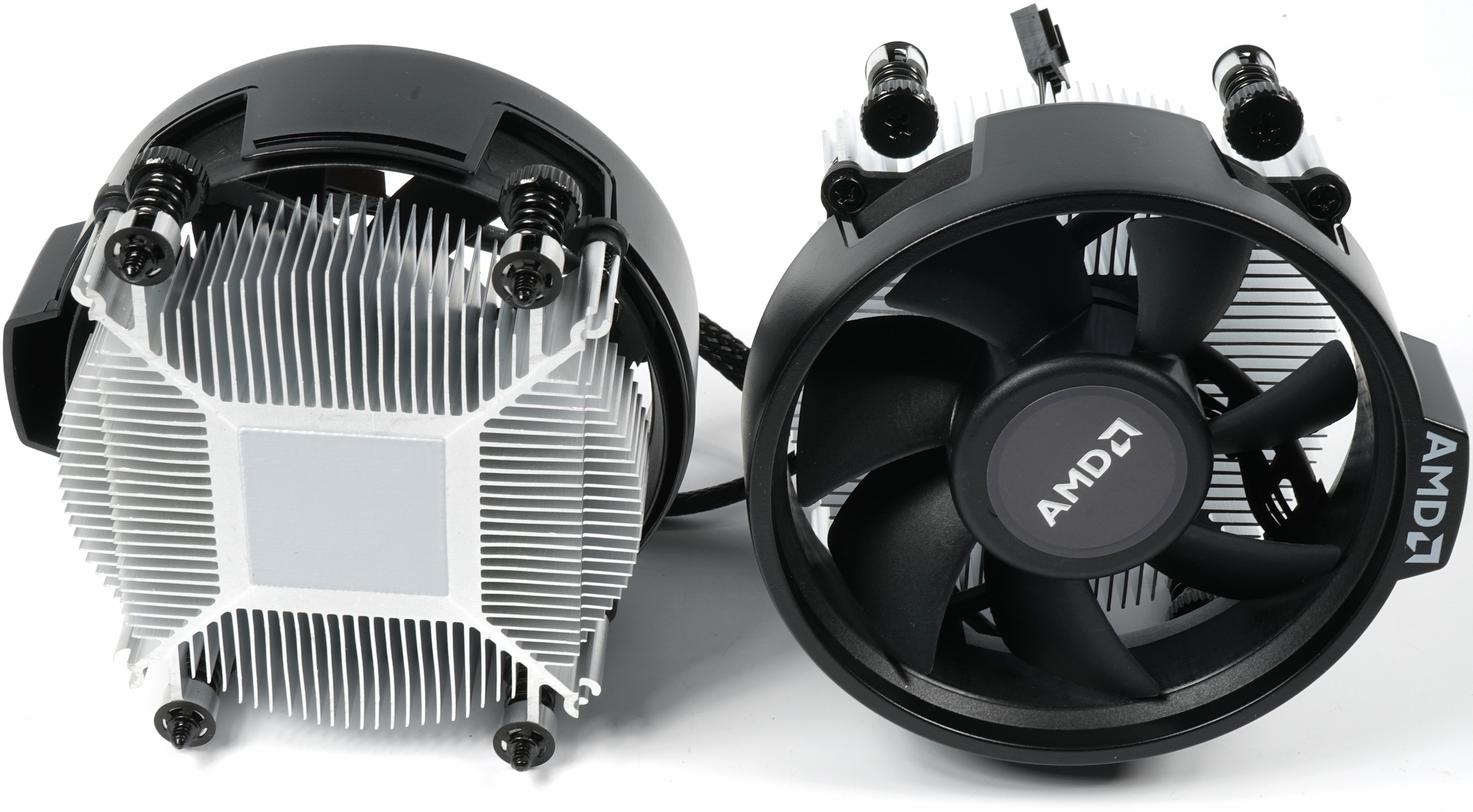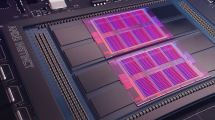Summary
We had already given a detailed verdict on the gaming and application performance of the two APUs in the launch article, we do not have to repeat this at this point, but refer to the first publication. however, with the larger AOU Ryzen 5 2400G we noticed a few things that we will discuss again at this point.
In general, however, the supplied cooling solution in the form of the simple (st)en Wraith Stealth cooler is absolutely sufficient for both APUs. Only those who really want to have it much quieter should think about a cooler alternative, especially since a pure tower cooler can also lead to thermal problems on the motherboard, because then e.g. the voltage transformers are rather poorly or no longer actively cooled.
If you are thinking about an alternative tower cooler now, you should also pay attention to the installation direction! Only if the cooler blows in the direction of the I/O shield, a meaningful component cooling is possible at all. You have to know this if you want to be smarter than the manufacturer and avoid roast ingesle.
The fact that AMD actually installs an APU from the mobile sector here, the one within which is even lower than some of the surrounding SMD components and therefore also the heat spreader above the Die must be a little thicker, is technologically conditional and not changeable. Whether it would have been more sensible to use solder instead of the thermal paste used can be answered with a clear Jain.
The delta between the bottom and the radiator is of course quite large, so large that the Boxed cooler no longer quite manages to prevent a thermal throttling during the extreme test. But no one will let Prime95 and the MSI Combustor run together for hours as a daily version. AMD, however, could have installed a fan for the OEM, which might have made a few more rotations instead of the 1900 rpm. Then you would probably not have had any problems either.
It is also important that the fan curve of the motherboard has been designed in such a way that the maximum speed of the fan is reached even before the thermal limit! The default settings do not necessarily have to be optimal and you can also check in the BIOS what the manufacturer has specified. If necessary, you can then enable a little more speeds to avoid thermal surprises.

Let's go back to what we would rather call the preventive limit of the hardware and not a thermal throttling and as we could only record with the Ryzen 5 2400G. While the clock rates (and thus also power consumption and waste heat) are reduced when the limit of 94.5°C for the CPU part is exceeded, what we see more as voltage and current limiters is now of a completely different nature.
If the built-in graphics is unduly stressed for minutes, but this is likely to happen with more extensive video encoding and GPU hardware support or GPGPU applications, then an additional performance limit will be applied, which will affect both the GPU and the CPU. equally affected. In addition to a (rather moderate) cycle reduction, the power dissipation is also limited. With pure GPU load, this limitation even occurs below the 50 watt limit, even if the temperatures are barely above 50°C.
None of this would certainly be worth a single sentence, if it were not for the fact that this limitation cannot be lifted (to) even if the causal and triggering loads are eliminated. In these cases, you have to shut down and restart the system completely every time. We can't find any sense in it, but the behavior is surprisingly well matched to that of Nvidia's Boost when you overload the GPU above the norm for so long that the boost shuts down completely. You can only get it back through a real reboot. Random or looked off?
 Conclusion
Conclusion
Both APUs are therefore coolable, without any problems and even with the included boxed coolers. That's the good part of the news. However, there is no really negative point at all, if one hides the noise noise under load, with which the bad part can then also be omitted. The Ryzen 3 2200G could probably even be cooled passively in normal operation, because the 65 watt TDP is hardly or never achieved if you don't run stress tests. AmD would have done (almost) everything right. Well so!






























Kommentieren